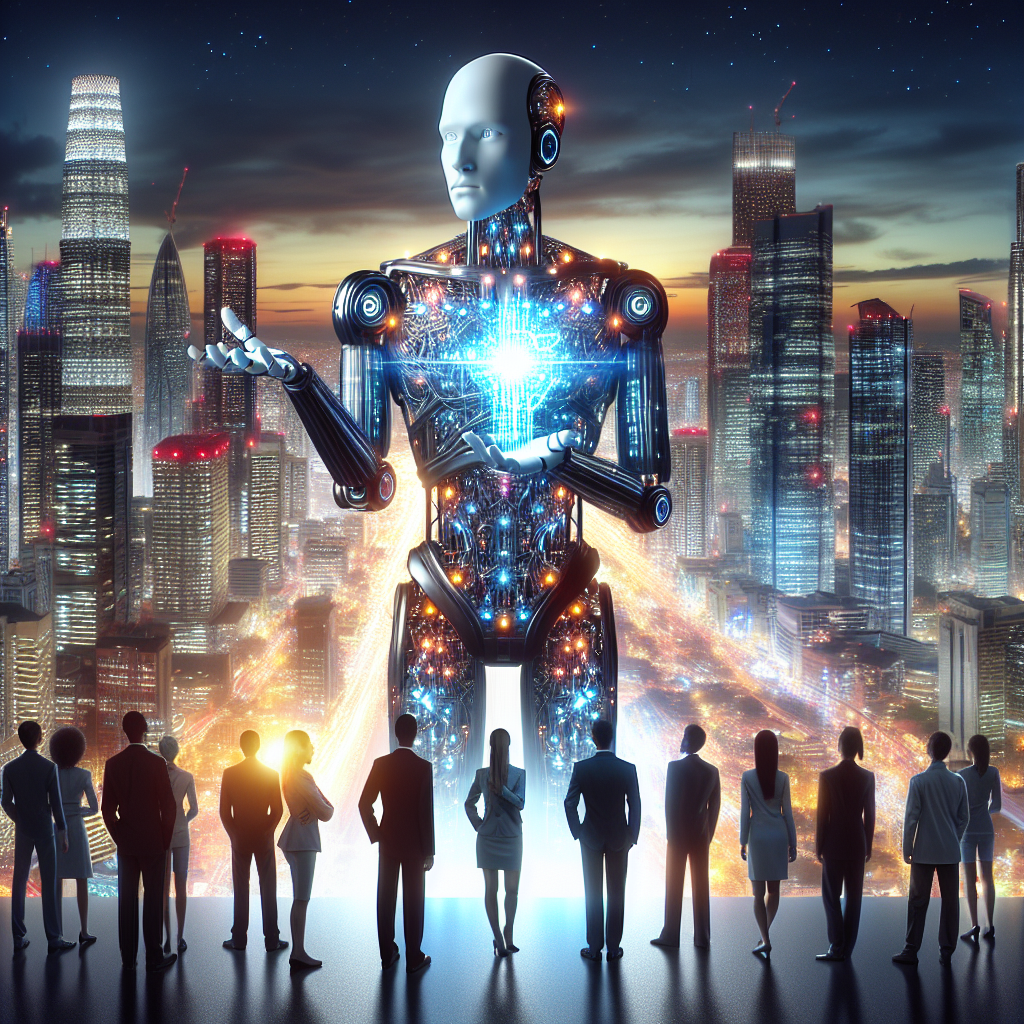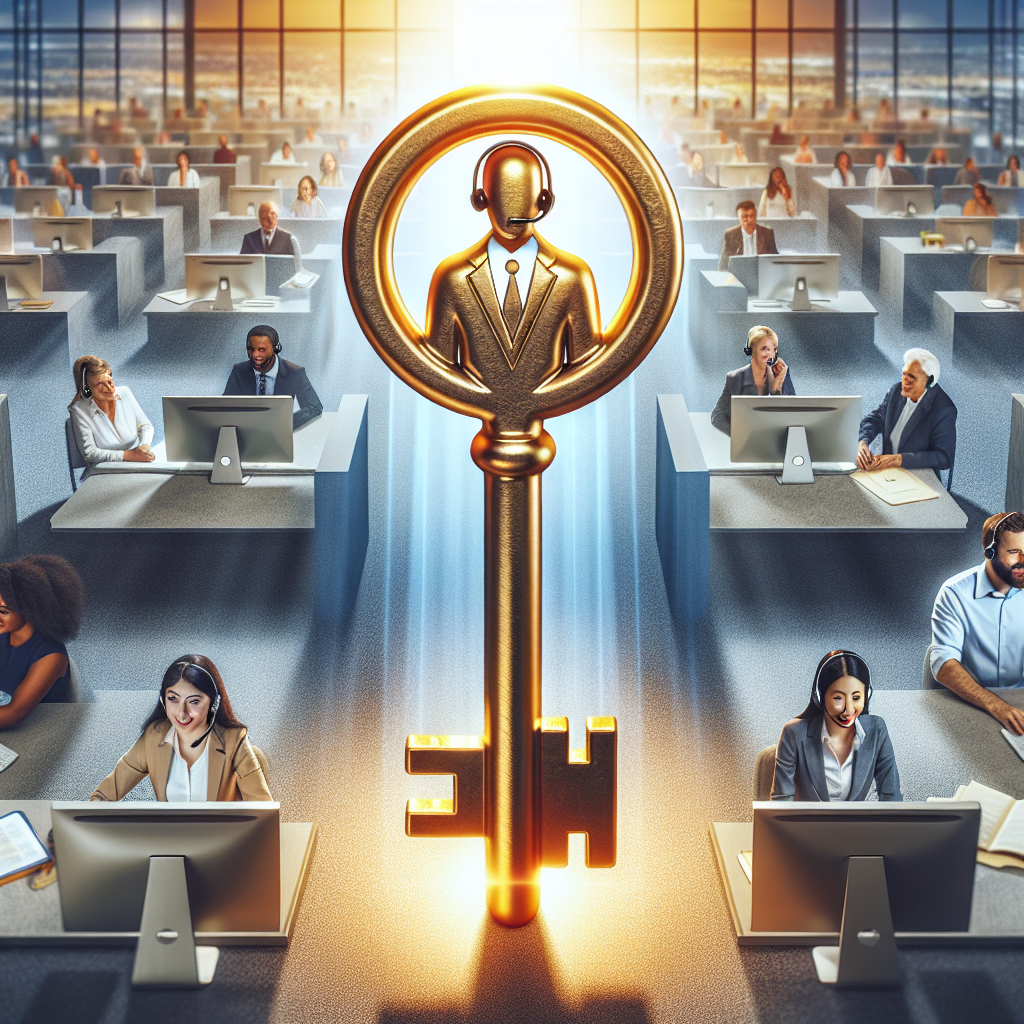The landscape of work has undergone a seismic shift from the early days of the industrial revolution to the present age marked by rapid advancements in artificial intelligence (AI) and automation. The journey from assembly lines to intelligent systems encapsulates not only technological progress but also societal changes, labor dynamics, and economic transformations. This article delves into the evolution of jobs in automation, exploring the historical context, current trends, and future implications.
The Dawn of Automation: Assembly Lines and the Industrial Revolution
The origins of automation can be traced back to the industrial revolution in the late 18th century, where the introduction of machinery began to replace manual labor. The assembly line, famously implemented by Henry Ford in the early 20th century, revolutionized manufacturing processes, enabling mass production. This system improved efficiency and lowered costs, leading to increased consumer goods availability. While assembly lines created jobs in factories, they also transformed the nature of work, focusing on repetitive tasks that required minimal skill.
As industries expanded, so did the workforce. However, this shift prompted concerns about job displacement. Workers once engaged in skilled trades found themselves working in factories performing specialized tasks, which led to a new class of laborers. The transition illustrated the complex interplay between technological advancements and employment, a theme that has recurred throughout history.
The Computer Age: Workforce Transformation
With the advent of computers in the latter half of the 20th century, another wave of automation emerged. Computers revolutionized industries by streamlining processes, enhancing productivity, and enabling data-driven decision-making. Office jobs transformed as technology replaced many clerical tasks, paving the way for information technology roles that required a different skill set.
During this period, the concept of “job creation versus job loss” took on new importance. While some traditional jobs disappeared, new sectors emerged around technology, services, and creative industries. The economy became increasingly knowledge-based, necessitating ongoing education and skill development among the workforce.
The Rise of Robotics: Automating Physical Labor
As technology advanced further into the 21st century, robots began to supplement human labor in various sectors beyond manufacturing. Warehouse automation, logistics, and even agriculture began to adopt robotic technologies, improving precision and efficiency. Businesses such as Amazon and Tesla showcased the potential of robotics, achieving lower operational costs while enhancing speed and accuracy.
However, this surge in automation raised new concerns regarding the future of employment. While robotics created opportunities in STEM fields and engineering, many unskilled workers found themselves at risk of redundancy. The debate over automation’s impact on income inequality and job security intensified, highlighting the need for policy interventions, such as retraining programs and education reforms.
The Age of AI and Machine Learning: Redefining Jobs
Today, the emergence of artificial intelligence and machine learning marks the latest phase of automation. AI systems can analyze vast datasets, learn from interactions, and even complete tasks that were previously exclusive to humans, such as driving cars, diagnosing medical conditions, and engaging customers in chatbots.
This shift has both the potential to generate new job categories and to further automate existing jobs. While AI excels in data-driven sectors, it is also making inroads into creative industries, challenging conventional roles and demanding a more adaptable workforce. As jobs evolve, workers will need to embrace continuous learning and flexibility to thrive in an AI-driven marketplace.
Future Implications: Adapting to Change
The future of work in an automated world holds both challenges and opportunities. It is crucial for individuals, businesses, and governments to address the implications of these changes proactively.
-
- Reskilling and Upskilling: Workforce development programs focused on reskilling and upskilling, particularly in technology and digital literacy, will be vital. The demand for technical skills will only increase as AI continues to integrate into various sectors.
- Reskilling and Upskilling: Workforce development programs focused on reskilling and upskilling, particularly in technology and digital literacy, will be vital. The demand for technical skills will only increase as AI continues to integrate into various sectors.
-
- Policy and Regulation: Governments need to rethink labor policies, consider universal basic income models, and implement strategies that ensure equitable access to training and employment opportunities to address the impact of automation.
- Policy and Regulation: Governments need to rethink labor policies, consider universal basic income models, and implement strategies that ensure equitable access to training and employment opportunities to address the impact of automation.
-
- Human-AI Collaboration: Rather than viewing AI as a competitor, organizations should seek ways to integrate human expertise with AI capabilities. Collaborative environments may yield innovative solutions that maximize efficiency while preserving the human touch.
Conclusion
From assembly lines to AI, the evolution of jobs in automation reflects an ongoing narrative of human ingenuity and adaptation. While each phase has brought its own challenges, it has also unlocked new worlds of opportunity. As we navigate this transformation, embracing change through education, collaboration, and innovation will be key to ensuring a future where technology enhances, rather than diminishes, the value of human work.




